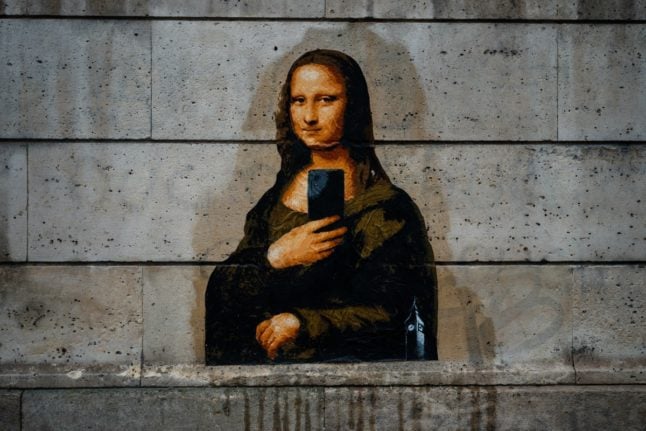Paris booksellers, who have operated from little dark green kiosks on the banks of the Seine for some 150 years, are incensed by plans to remove them for the opening ceremony of the 2024 Olympics.
In a test run on Friday, four of the stands were lifted by a crane three metres above the ground — drawing consternation and anger from a small group of booksellers gathered nearby.
“It’s like a tooth extraction!” Michel Bouetard, general secretary of the Cultural Association of Booksellers of Paris, told AFP.
“All this for a four-hour ceremony! The Olympic Games have achieved what the wars (World Wars I and II) have not been able to do — to make us disappear,” he fumed.
Paris’s city hall is planning a spectacular opening ceremony on July 26 next year — the first time the event is being held outdoors — on a stretch of the Seine river along the city’s most touristy parts.
The Paris police has ordered the removal of some 600 of the 900 kiosks before the ceremony over security concerns with fears they could be used to conceal explosive devices during the grand opening with a parade of nearly 11,000 athletes along the river.
The booksellers use the green boxes to house some 300,000 old books and a great number of journals, stamps and trading cards.
They are part of the Paris landscape and a huge tourist attraction.
“All this is over the top, we aren’t sure that they will return,” said Jerome Callais, the president of the booksellers’ association.
‘It’s a historic moment’
It is the sole livelihood for many of the 230-odd booksellers whose stalls flank the city’s famous Left and Right banks.
“What will they do if they cannot work for several weeks?” said Callais.
Some elected officials have backed them.
“We are against this, all this has been decided to make space for advertising along the banks,” said Corine Faugeron, head of the Greens group in the Paris City Council.
Others have appealed to President Emmanuel Macron to halt the initiative.
Francis Robert, a bookseller for 43 years, said he had met with Macron in October, when the French leader passed by the river bank.
“He told us ‘I am aware, I will defend you, you are part of Paris’,” Robert said.
“But he is above the prefect of Paris, he can just tell them to let us remain.”
Another bookseller added: “Why do we need to remove when the security barriers will be put up one-and-a-half metres from the quays?”
Friday’s test run ended shortly after midnight, with the four boxes being planted back to where they have stood for decades.
“It’s a historic moment,” said a teary-eyed bookseller.




 Please whitelist us to continue reading.
Please whitelist us to continue reading.
Member comments